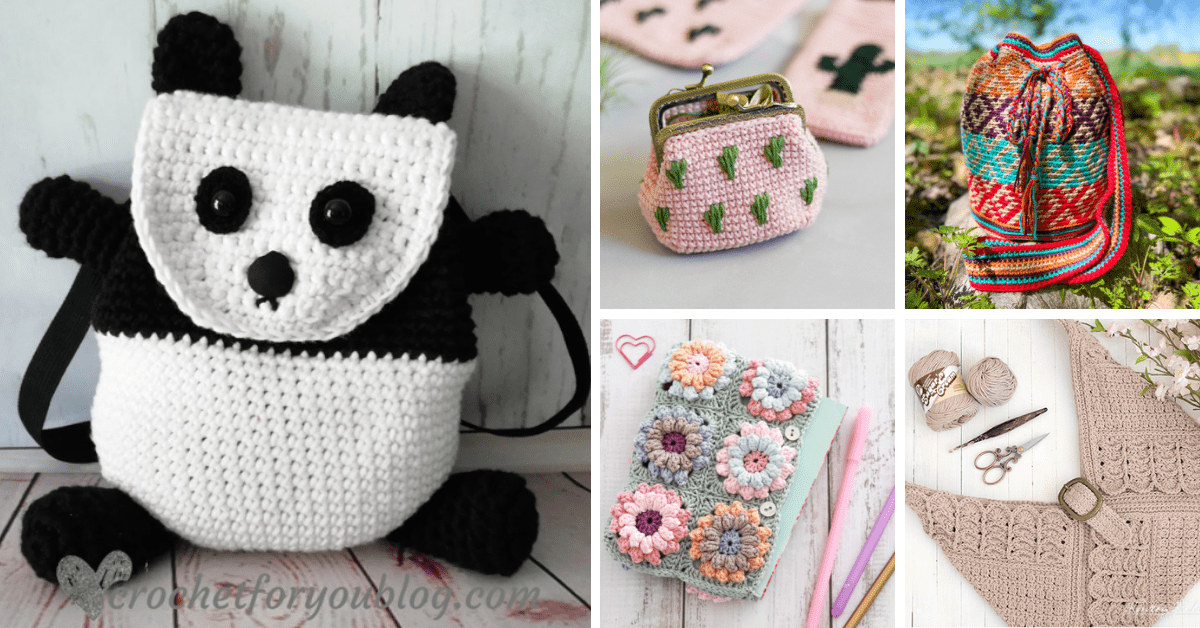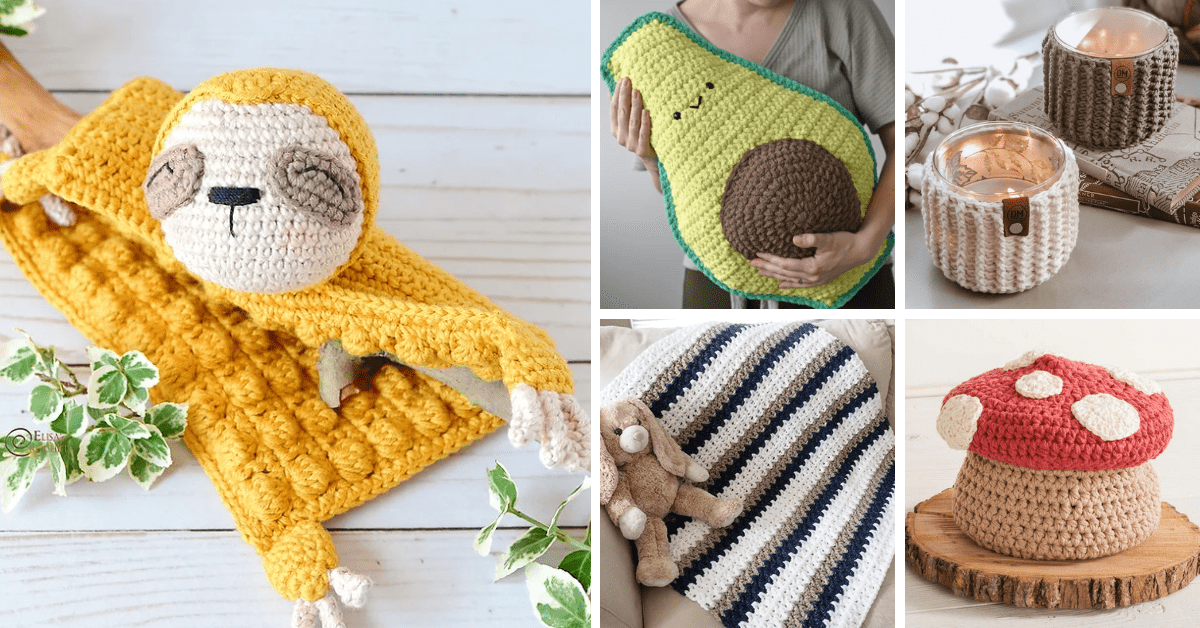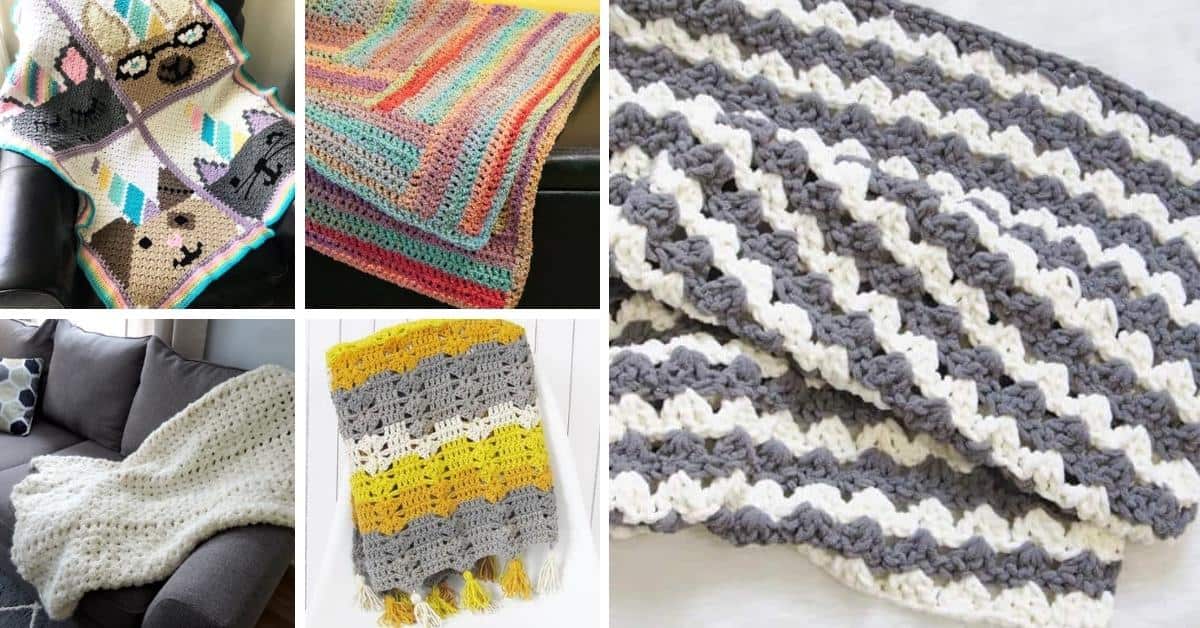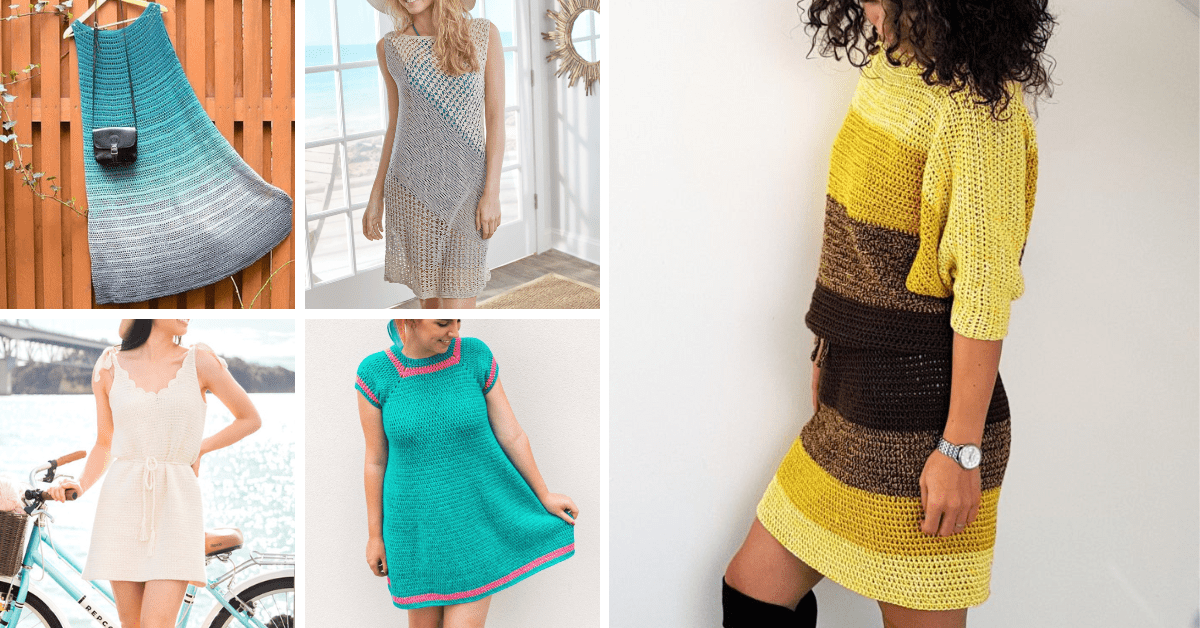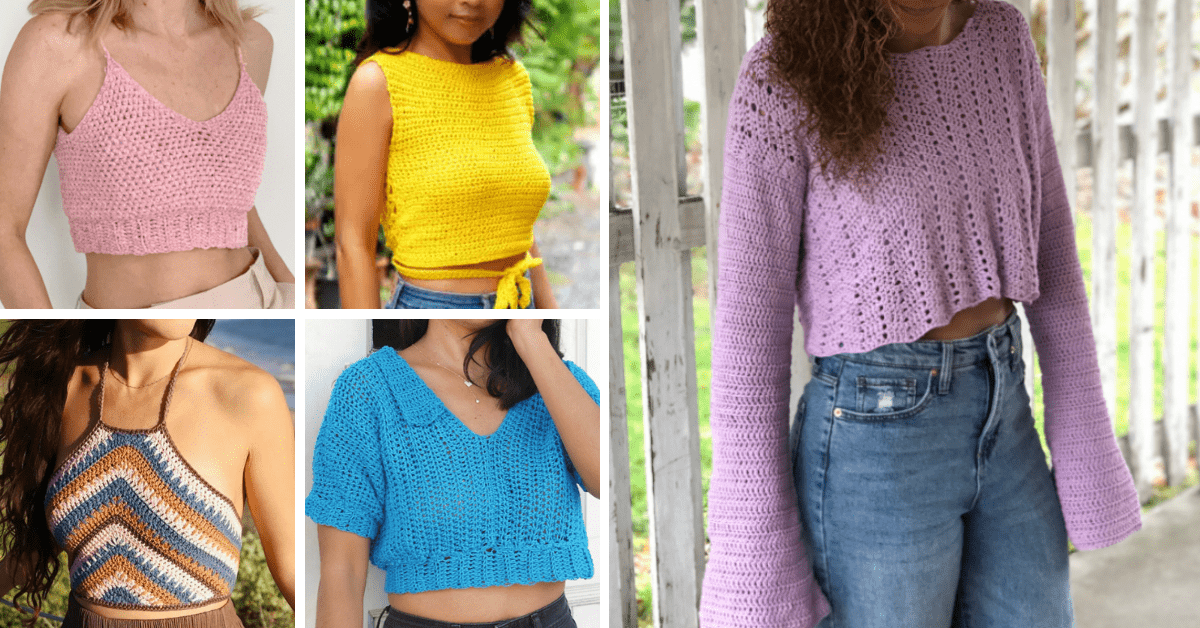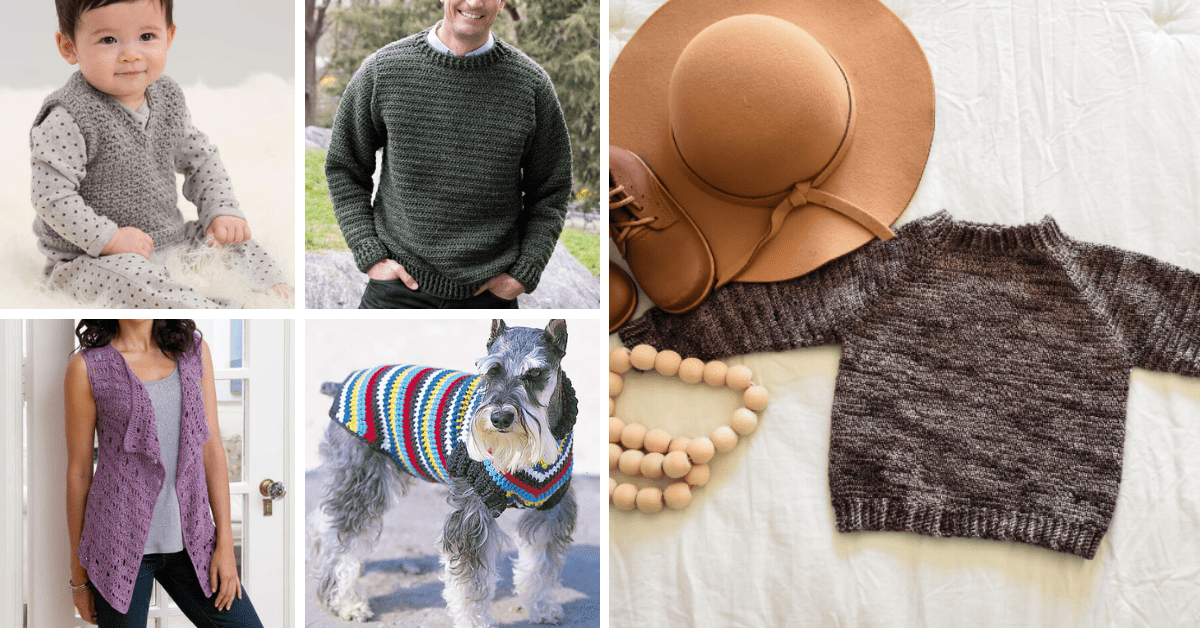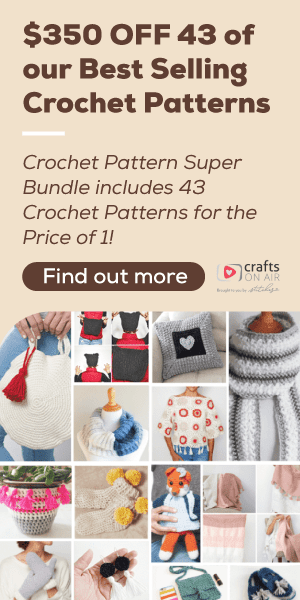

By far, one of the biggest questions I get about selling on Etsy is how to price handmade goods. I get it. Pricing is tough.
You have your Etsy store. You have your products. But how do you make sure you’re turning a profit without turning off potential customers?
The biggest caveat most Etsy sellers encounter when grappling with how to price their handmade goods is the fear of pricing them too high. First step: delete that right out of your mind.
Are there a lot of sellers, underpricing their items? Yes. Are they doing their business justice? No, probably not.
The key to pricing on Etsy, and with any business, is to emphasize profits. Yes, selling individual units is important, but if you’re selling 100 items underpriced and not turning a decent profit, then you’re doing all of this work for little return.
You don’t need to sell yourself short in order to sell your handmade goods. Despite what you think or what others might tell you, there are plenty of customers who will pay higher prices.
Focus more on creating a healthy profit margin when pricing your products, and less on whether you *think* people will find it to be too high.
So, by now I’ve (hopefully) convinced you to focus or pricing items in a manner that will make your shop profitable vs defaulting to low prices. But how do you do that?
There are 5 main factors to consider when determining the most strategic price for your products.
Supplies & Materials
First, consider your supplies & expenses. How much was the material you used to make each item? This includes shipping and other fees, not just the raw cost. So, if I bought 50 white mugs to DIY and sell in my shop, I wouldn’t just factor in the cost of the mugs. I’d also include the $8 shipping fee I paid to have them delivered.
Shipping and any fees incurred are just as much a part of your raw material cost as the physical supplies.
Try and break down your supply cost per unit and not just overall, that way you can determine exactly how much it costs you to make each individual item.
For example, if I was selling a crochet scarf, I would break down the supply cost not just by the number of skeins I bought, but the specific yardage.
So, if I made a scarf with 100 yards of yarn I would break down the supplies calculations like this:
1 skein of yarn (300 yards in total) purchased for $9.00
$9.00/300 = $0.03 per yard
$0.03 x 100 yards (used for completed scarf) = $3.00 for supplies for this item
Business & Overhead Expenses
Next, you want to include your business costs. I call this overhead. Many sellers use formulas that exclude business costs. They factor in supply cost and labor or time but exclude the annual expenses they incur just to operate and maintain their business.
I think this is a mistake because all business owners have overall costs paid just to be in business in the first place. Etsy fees, your domain, shipping, ads, marketing, etc., are all business costs that you pay to operate and market your shop.
A more strategic pricing strategy involves taking your overall overhead costs and factoring in a percentage or portion of those costs into the price of each item you sell. This way, your profits are just that, pure profit.
Let’s say my total overhead for the year is $1,800. I would then divide that number either by how many units I sold last year, or by how many I estimate I will sell this year.
That value then is the amount I will add to the retail price of each unit.
Let’s say I estimate that I’ll sell 400 items this year:
$1,800/400 = $4.50
So, I would include that additional $4.50 when pricing each item.
What if your overhead is significantly more expensive resulting in a large amount of tack on to a retail price?
In this case, you can always use your best judgment and just use a % of the overhead rather than a fixed value. I address this more in detail in the competition section below.
Your Hourly Rate
Once you’ve calculated the cost of your supplies and the overhead value you’ll add, you need to pay yourself!
You’re doing the work, so you need to pay yourself an hourly fee for that labor just as you would be paid in any other job.
How much do you want to get paid per hour? $10? $15? I recommend, paying yourself above minimum wage, but at the very least, don’t go below it.
Let’s use our scarf example again. Let’s say it took me 2 hours to complete and I want to pay myself $15 per hour.
$15 x 2 hours = $30
Once you’ve determined your hourly rate, you’ll take it and apply it to the amount of time it takes to make each item.
Profit Multiplier
One thing that you’ll notice in common with almost every suggested Etsy pricing formula is that they include something called a profit multiplier.
A profit multiplier ensures that you create a retail/sales price that not only zeroes out your expenses, but that generates pure profit on top of that.
For us, this will look something like this:
Supplies + Time + Overhead/Biz Expenses x 2 = Wholesale Price
Wholesale Price x 2 = Retail/Sales Price
Our multiplier (x2/3/4 etc) is what is going to help generate the profit in our product prices. You can choose a multiplier at your own discretion. Standard is x2, but depending on the item, you might want to use a higher multiplier.
You’ll notice, in the above formula, something called a “wholesale price.” Your wholesale price is important to calculate because if you don’t build that in you won’t ever be able to get into retail stores and that’s where the high volume of sales can come from.
Wholesale prices obviously are lower than your retail prices, and that’s an incentive for someone to buy them in bulk for resale. Notice I built a profit multiplier into that even so that you’re still making some profit even on the wholesale price, plus commissions you might make from those secondary sales.
Then, your wholesale price multiplied by a profit multiplier gives your retail price.
Remember, the goal isn’t just to break even with your pricing, but to earn a profit.
Competition
So, what happens if you plug everything into your formula and you get a price that you think is just way too high for your handmade goods or your customers?
I think using a pricing formula is very helpful, but there are exceptions to every rule. For example, some niches are just simply more competitive than others.
If your price is way out of the ballpark, exceeding even the higher end of the price ranges in your niche, I think it’s perfectly reasonable to tinker with the price a bit.
You could do this by distributing your overhead differently. So, as opposed to including a fixed portion of your total overhead at every price, simply include a lower percentage of your overhead in your price for competitive items.
You could also decrease your profit multiplier for certain products.
I think it’s great to use a pricing formula as a guide, just be willing to use your best judgment and adjust accordingly.
Don’t sell yourself short, even if you think some prices are higher than what you would pay. You can always adjust your prices!
Want more tips for creating a profitable Esty store? Sign up for our newsletter for more insider tips on Etsy, lifestyle business, crafting & more!
15 Trendy Instagram Post Ideas
How To Make Money On Your Blog With Google Adsense















